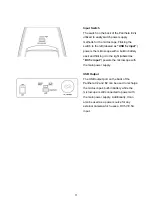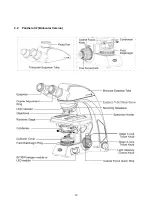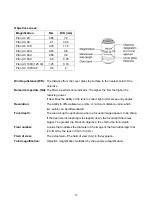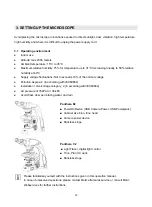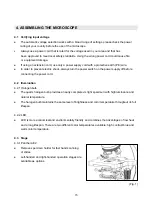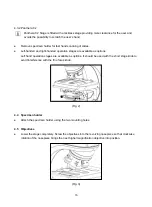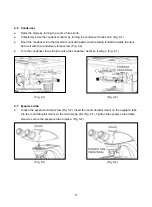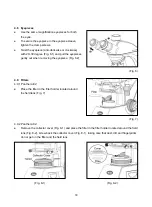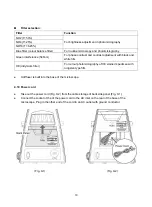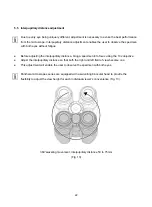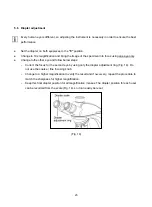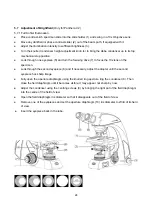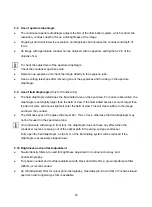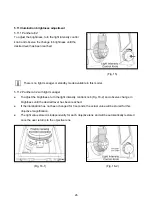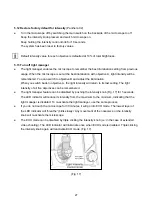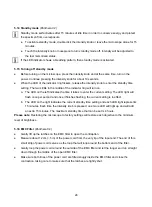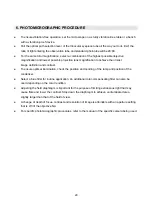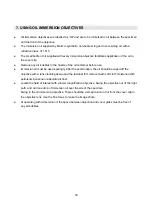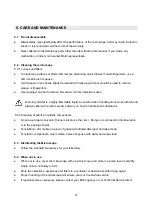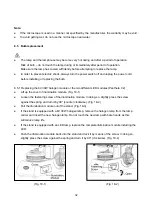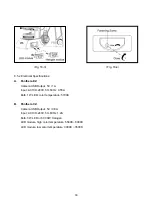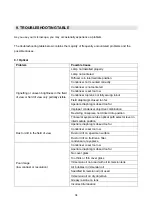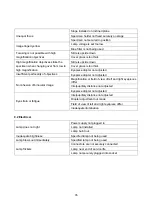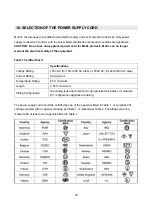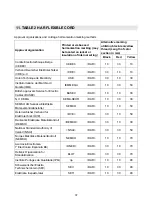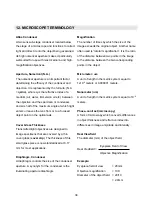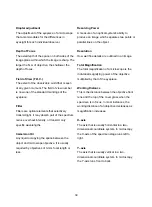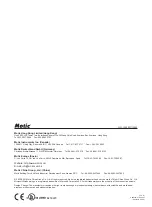
25
5.8 Use of aperture diaphragm
●
The condenser aperture diaphragm adjusts the NA of the illumination system, which controls the
resolution, contrast, depth of focus, and brightness of the image.
●
Stopping it down will lower the resolution and brightness but increase the contrast and depth of
focus.
●
An image with appropriate contrast can be obtained with an aperture setting that is 2/3 of the
objective N.A.
To check the adjustment of the aperture diaphragm:
●
Check the condenser aperture scale.
●
Remove one eyepiece and check the image directly in the eyepiece tube.
●
Use a centring telescope after removing one of the eyepieces and focusing on the aperture
diaphragm.
5.9 Use of field diaphragm
(Only for Panthera C2)
●
The field diaphragm determines the illuminated area on the specimen. For normal observation, the
diaphragm is set slightly larger than the field of view. If the illuminated area is set much larger than
the field of view, extraneous light will enter the field of view. This will create a flare in the image
and lower the contrast.
●
The thickness spec of the glass slide must be 1.7mm or less, otherwise the field diaphragm may
not be focused on the specimen plane.
On condensers with swing-in front lens, the diaphragm does not have any effect when the
condenser top lens is swung out of the optical path in the swing-out type condenser.
Fully open the field diaphragm, as the N.A. of the illuminating system will be reduced if the
diaphragm is excessively stopped down.
5.10 Brightness and contrast adjustment
●
Neutral density filters are used for brightness adjustment in routine microscopy and
photomicrography.
●
For phase contrast and contrast adjustment with black and white film, a green interference filter
(546nm) is recommended.
●
An HE (didymium) filter for colour photomicrography, Haematoxylin, Eosin (HE) or Fuchsin stained
specimen with tungsten type film is available.

